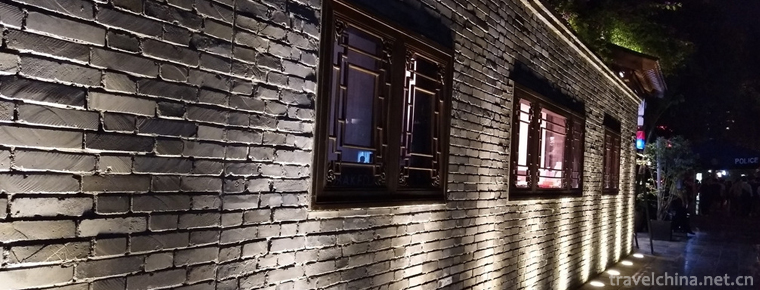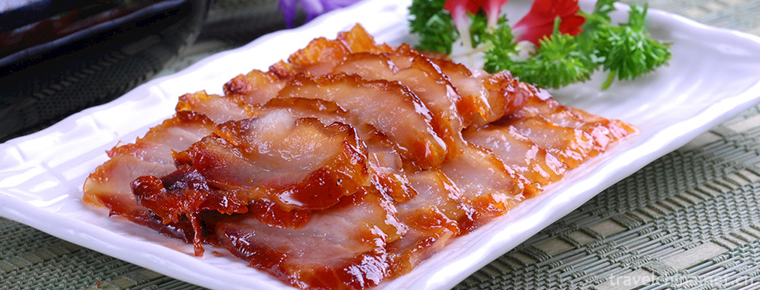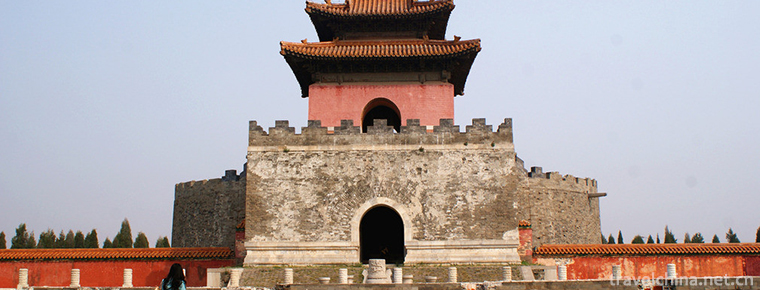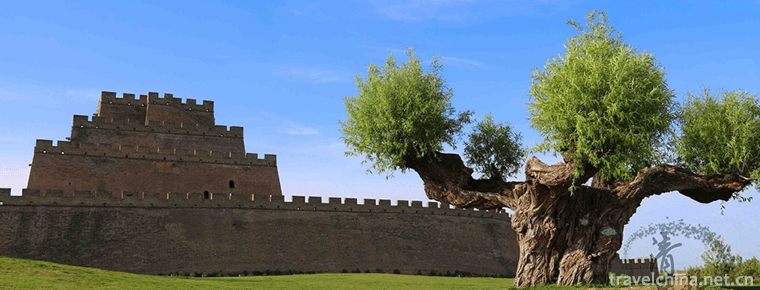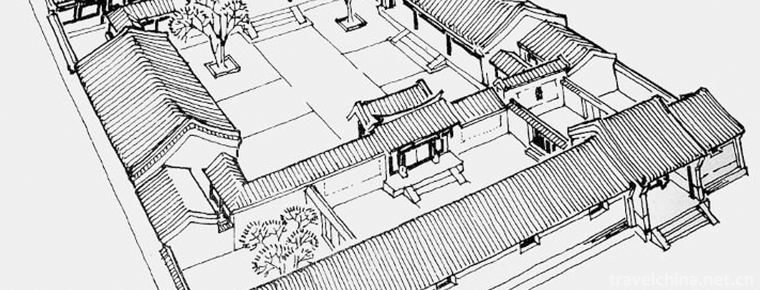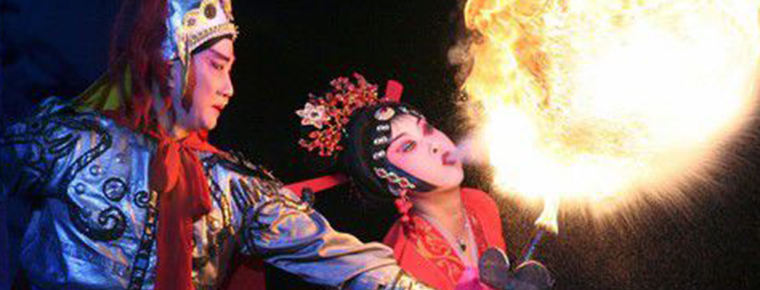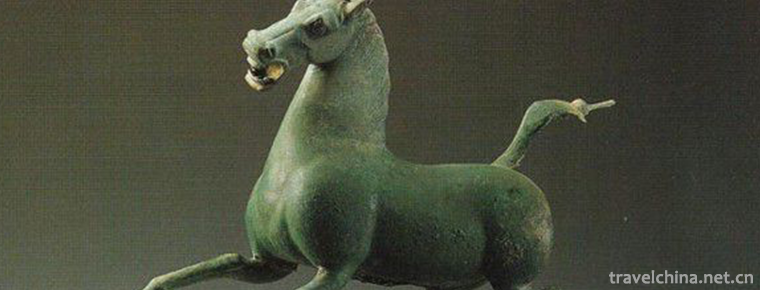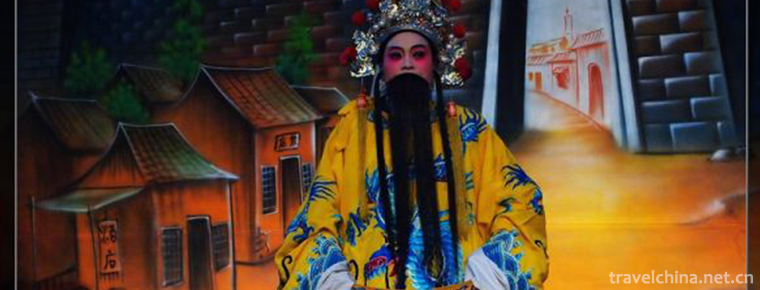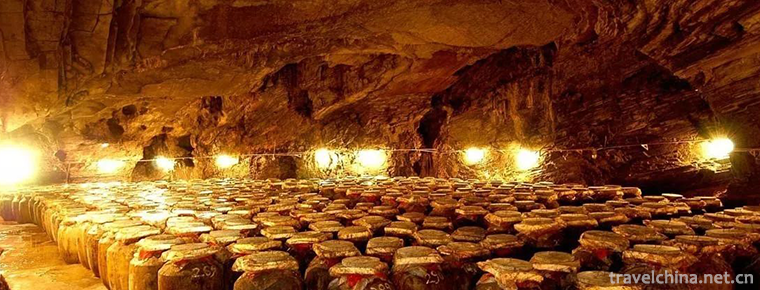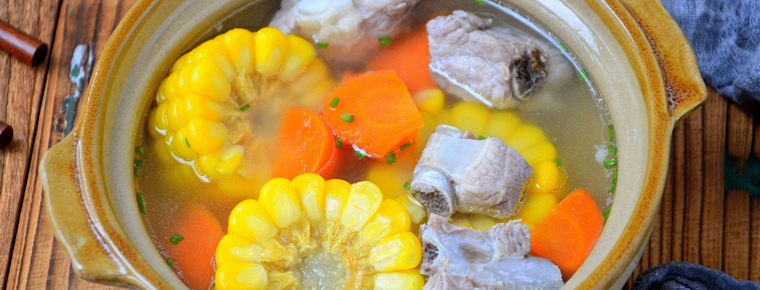Korean Chief Inspiration
Korean Chief Inspiration
Long drum dance, also known as "stick drum dance", is a dance often danced by Chinese Korean people for self-entertainment and entertainment. Long drums have two sides, but the pitches on both sides are different. In dancing, two hands beat both sides of the drum at the same time. One hand is beating the high-pitched drum face with a foot-long whip, the other hand is beating the bass drum face. Because of the different pitch of the drum, the rhythm is also different. The varied drum point and the graceful dance posture make people particularly excited and happy. The characteristic of long drum is that it starts from slow tempo and speeds up gradually. After several ups and downs, it ends up in a fast rotation and stops abruptly, which makes people boiling and very exciting.
On June 7, 2008, the Korean Chief Encouragement declared by Tumen City, Jilin Province, was listed in the second batch of national intangible cultural heritage list with the approval of the State Council. Heritage serial number: 656 III-59.
historical origin
The Korean long drum originated from the Indian thin waist drum, also known as the "stick drum", which was once popular in the Central Plains. Korean folk instruments. With a long history, unique structure and soft timbre, it is often used in songs, dance accompaniment and instrumental ensemble.
The Korean long drum originated from the thin waist drum in India. In the 4th century AD, the thin waist drum was introduced to the Central Plains of China through the Silk Road, and then to Korea eastward.
Long drum is a variant of ancient slender waist drum. During the Sui and Tang Dynasties, I called Changgu in Central Plains as "Du Xingu", "Mao Ren Gu" and "waist drum". Although there was no name for Changgu at that time, it was actually used in the Ninth and Tenth Court Music of Tianzhu, Guizi, Xiliang, Shule, Gaochang and Gaoli Zhuyue. Changgu in Song Dynasty is recorded in history under the name of "stick and drum". Song Dynasty "Music Book": "stick drum, waist drum, Han and Wei used. The big ones are made of tiles and the small ones are made of wood, all of which are broad-headed and slim-bellied. Shen Kuo's "Mengxi Bi Tan": "Tang's stick drum, originally known as the"two stick drum", both ends are with sticks. Today, sticks and drums are pressed with one hand at the end.
During the Sui and Tang Dynasties, I called Changgu in Central Plains as "Du Xingu", "Mao Yangu" and "waist drum". Although there was no name for long drum at that time, it was actually used in nine or ten parts of Tianzhu, Guizi, Xiliang, Shule, Gaochang and Gaoli Zhule. Changgu in Song Dynasty is recorded in history under the name of "stick and drum".
By the Yuan Dynasty, "The Instrument of Banquet Music in the History of the Yuan Dynasty" had a detailed record of sticks and drums. "Yuanshi Li Yue Zhi": "Wangs and drums, made of wood for rectification, thin waist, skin, on the application of multicolored embroidery belt, right stroke to stick, left clap to hand".
artistic characteristics
The Korean long drum is a two-sided drum with different pitches at both ends. The female long drum has elegant style and the male long drum is lively and unrestrained. There are two kinds of beating methods in modern long drum encouragement: one is that the dancer uses a drum whip (a foot long bamboo whip) and a drum mallet (a round mallet with a length of about a foot); the other is that he only uses a drum whip without a drum mallet. The former starts with a drum whip and beats slowly while dancing. The drum is inserted on the long drum. When it reaches its climax, the drumstick is pulled out to perform skillfully. The latter dances to music with drums and whips in spring. The performance of long drums is mainly composed of soft shoulder-carrying, shoulder-stretching and magpie step. It is performed in the form of shoulder-carrying long drums, right-handed drum whip, jumping and drumming. The body, drums and gods are integrated and highly coordinated. Long drums have different pitches on both sides. When dancing, the right hand beats the high-pitched drum face with a drum whip and the left hand beats the bass drum face. Because of different pitches and rhythms, the changing drums and graceful dancing postures are pleasing and exciting. Long drums usually start with a slow tempo, gradually quickening the pace and finally stopping abruptly.
Its dance forms include solo dance, double dance, group dance and so on. After the founding of the People's Republic of China, Changgu dance was carefully adapted by Korean dancers, adding a new era atmosphere and national characteristics, making this art form increasingly perfect.
Long drum is the main percussion instrument of Korean national music. Ancient historical materials of China and Korea will also include Changgu as "thin waist drum" and "stick drum". Long drum plays an important role in Korean music and dance. Long drums are divided into long drums and dance long drums. The shape is thick at both ends and thin in the middle. The diameter of the left drum is 1 cm longer than that of the right drum. The right drum skin is thin and the left drum skin is thick. The right side of the drum is struck with a bamboo strip decorated with colorful spikes, the left side is struck with hands, the right side is high and the left side is low, which can strike a rich and colorful rhythm. Long drums, as a folk percussion instrument, are beaten by long drummers in the agricultural dance team, playing the role of accompaniment and rendering the atmosphere. When the mood is high, the drummer often dances with the crowd, focusing on the body movements of drumming, and gradually creating skills such as "big jumper", which is called "long drum acting". After experiencing the improvement of artists, Changgu emerged as an independent form of performance from farm music and dance in the early 20th century.
Inheritance and protection
Over the past hundred years, the stick and drum gradually disappeared in the Central Plains of China, but it was widely spread among the Korean people, so it was renamed Changgu. As a folk percussion instrument, the long drum is beaten by the long drummer in the agricultural dance team, playing the role of accompaniment and rendering the atmosphere. When the mood is high, the long drummer often dances with the crowd. Because of the long drum in front of him, he focuses on the body movements of the drum, and gradually creates skills such as "big jump", which is called "long drum performance". In the early 20th century, long drumming emerged as an independent form of performance from farm music and dance. On Festival days, long-jump inspirers often appear among the people, and they are welcomed by the masses. Yanbian Song and Dance Troupe began to put long drum on the stage in the early 1950s, thus expanding the influence of long drum. In the 1960s, on the basis of solo dance, it created a group dance performance of long drum. Long drum inspiration is not only astonishing in drumming techniques, but also in the expression of joy and joy. It gives people beautiful artistic enjoyment with beautiful dancing and skillful drumming techniques.
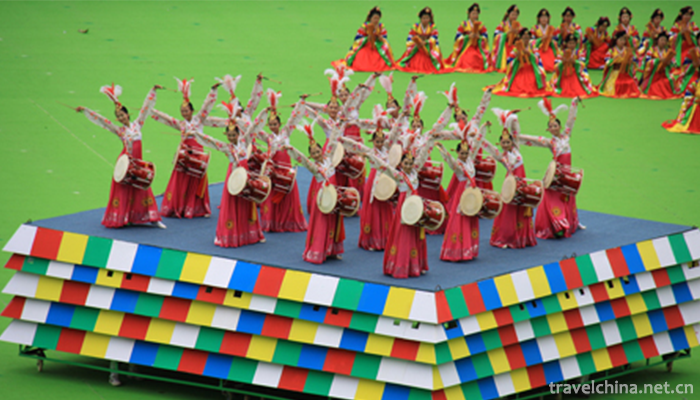
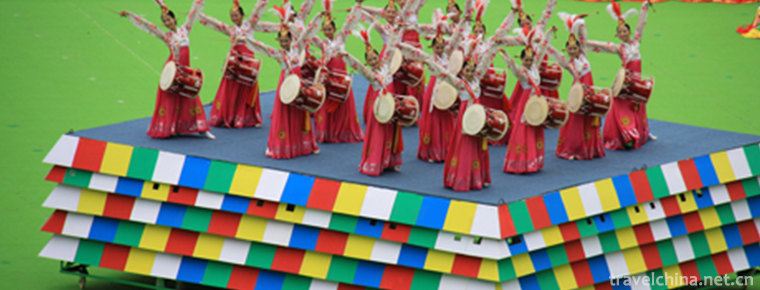
Korean Chief Inspiration
-
Kuan and Zhai Alley
No. 127, ChangShun Street, Qingyang, Chengdu, Sichuan, China
Views: 276 Time 2018-09-29 -
The Bund
The Bund, located on the Huangpu river bank in Huangpu District, Shanghai
Views: 195 Time 2018-10-12 -
barbecued pork
Views: 308 Time 2018-11-02 -
Eastern Royal Tombs of the Qing Dynasty
Eastern Royal Tombs of the Qing Dynasty is located 30 kilometers northwest of Zunhua City, Tangshan City, Hebei Province. It is 125 kilometers west of Beijing City and covers an area of 80 square kil
Views: 315 Time 2018-11-24 -
Zhen Bei Tai
Zhenbeitai, World Heritage Site, National Key Cultural Relics Protection Unit. It is located on the top of Hongshan Mountain, 4 kilometers north of Yulin City, a famous national historical and cultura
Views: 254 Time 2019-03-17 -
Traditional Building Techniques of Beijing Siheyuan
Beijing quadrangle traditional craftsmanship, Beijing local traditional handicraft, one of the national intangible cultural heritage.
Views: 691 Time 2019-04-04 -
Two tones of Han tune
Originally known as "Shan Er-huang", "Tu Er-huang" or "Shan Er-huang", the second largest traditional opera in Shaanxi Province is one of the traditional local operas in
Views: 180 Time 2019-05-02 -
Bronze Repair and Reproduction Techniques
Traditional bronze repair technology mainly includes shaping, splicing, matching, bonding (welding), strengthening, old and other processes, and sometimes involves rust removal, scalding (surface seal
Views: 159 Time 2019-06-11 -
Wuju Opera
Wu Opera, commonly known as Jinhua Opera, is one of the local operas in Zhejiang Province. It centers on Jinhua area and is popular in Jinhua, Lishui, Linhai, Jiande, Chun'an, Yushan, Shangrao, Guixi,
Views: 249 Time 2019-06-30 -
Traditional Brewing Techniques of Distilled Liquor
Distilled liquor brewing is to first make grains, potatoes and other starch-rich or sugar-rich raw materials into grains (no filtered wine) or fermentation into grains (turbid wine), and then distille
Views: 197 Time 2019-07-25 -
Corn and sparerib soup
Corn and spareribs soup is a tonic soup, the main ingredients are corn and spareribs, the main cooking technology is stew. Corn can reduce the blood cholesterol concentration and prevent it from depos
Views: 349 Time 2020-03-16 -
Plant resources in Nanchong
There is only one kind of Metasequoia glyptostroboides introduced and cultivated in Nanchong City; there are two kinds of wild protected plants, namely, fragrant fruit tree and narrow leaf pygmy grass, and two kinds of cultivated Ginkgo biloba and Eucommia
Views: 366 Time 2020-12-17
